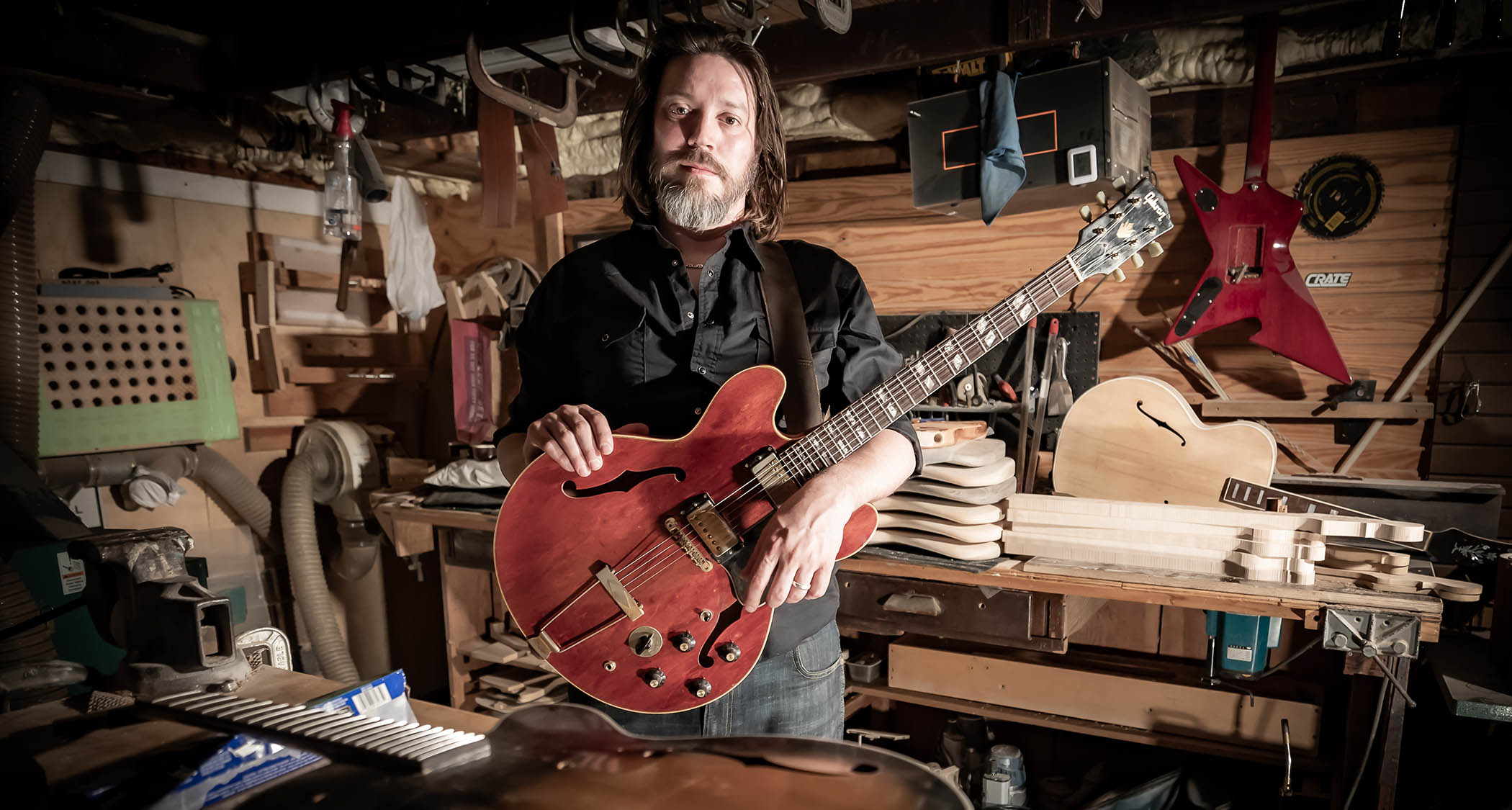“I’ve done somewhere close to 30,000 fret jobs. Holding a crowning file for that many hours a day will tear you up if you’re not careful”: How fixing thousands of guitars changed the way Tulsa blues cat Seth Lee Jones plays the thing
Jones is bringing a slice of everyday Tulsa into his Delta blues-inspired sound, and his new album might bring him as much renown as a player as he has a luthier

Tulsa, Oklahoma’s, Seth Lee Jones is best known as a master luthier, but thanks to the swampy blues and country licks on his latest album, Tulsa Custom, that could easily change. Songs like the 5/4-time stomp Good Dog, album-opener 110 and the languid Bird of Paradise showcase his fluid slide skills and proclivity for punchy blues-rock riffs.
“I’ve always found myself coming back to blues,” says Jones, who studied classical and jazz in addition to graduating top of his class from the Musicians Institute Guitar Craft Academy. “Blues and country are really closely related. If you look at them musically, they’re not too far apart, and one feeds the other.”
Jones began enjoining the two when he returned home to Tulsa in 2010 following his education and apprenticeship years in Los Angeles. “There’s so much more country here than there is blues, and I ended up playing for a country band,” he says. “That’s what pushed me to learn how to use the benders [to] copy the pedal steel sound.”
Naturally, Jones has built or modified every guitar he plays. He recorded much of Tulsa Custom with a Tele-style SLJ model outfitted with a Hipshot palm bender – his main guitar since 2006 – as well as a pair of ’60s-era Silvertones and a Mulecaster, among others. He sets the bender levers on the B, G and A strings to raise the pitch by a whole or half tone and uses them tastefully all over the album.
“I did the math,” he says. “Since I’ve been doing this 22 years now, I’ve done somewhere close to 30,000 fret jobs. Holding a crowning file for that many hours a day will tear you up if you’re not careful.”
His hands have borne the brunt of the wear, causing him to drop the tuning on his guitars to make playing more comfortable and use a thumb pick to grab the notes. It all factors into Jones’s Tulsa-meets-Bakersfield-meets-Delta blues sound – and it’s all intentional.
“I wanted to write stuff that was about where I’m from,” he says. “The name Tulsa Custom came to mind because that’s what it is. It’s a custom-built version of what I’ve learned since I’ve left and come back.”
All the latest guitar news, interviews, lessons, reviews, deals and more, direct to your inbox!
Ax-ology
- GUITARS
SLJ Custom, 1961 Fender Stratocaster, 1969 Gibson ES-345, Mule Research Mulecaster, 1964 Silvertone 1449, 1961 Silvertone U1 - AMPS
1968 Fender Super Reverb and 1961 Fender Concert, recorded in stereo; reamping through a 1993 Fender Tone Master
- Tulsa Custom is out now via Horton.
Jim Beaugez has written about music for Rolling Stone, Smithsonian, Guitar World, Guitar Player and many other publications. He created My Life in Five Riffs, a multimedia documentary series for Guitar Player that traces contemporary artists back to their sources of inspiration, and previously spent a decade in the musical instruments industry.


